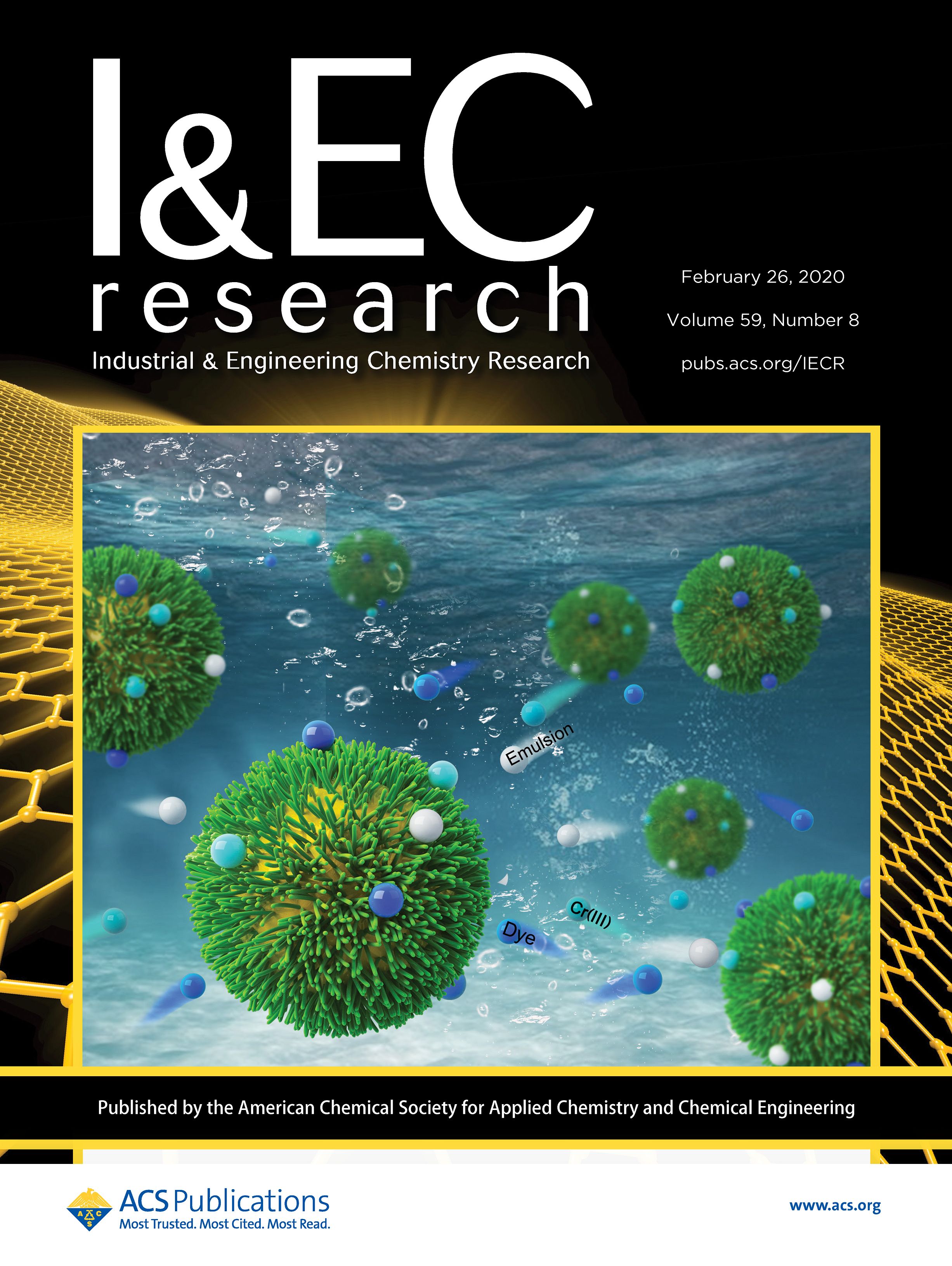
Title: Nonswelling Silica–Poly(acrylic acid) Composite for Efficient and Simultaneous Removal of Cationic Dye, Heavy Metal, and Surfactant-Stabilized Emulsion from Wastewater
Abstract: The discharge of emulsion, cationic dyes, and heavy metals often coexists in wastewaters, greatly enhancing the difficulty of processing. In this work, we fabricated a nonswelling silica–poly(acrylic acid) (SiO2–PAA) composite through the surface modification of SiO2 using PAA to remove emulsion, cationic dyes, and heavy metal co-contaminants simultaneously. In the SiO2–PAA composite, PAA exists in a linear and divergent form rather than a network structure. Thus, SiO2–PAA can gain the nonswelling property, provide abundant carboxyl groups as the binding sites for removal of pollutants, which is an important advanced feature of PAA-based materials, and improve the potential of practical application. The characterization results of SiO2–PAA demonstrated that PAA was successfully grafted on SiO2. In a monocomponent system, SiO2–PAA exhibited excellent separation efficiency for cetyltrimethyl ammonium bromide (CTAB)-stabilized emulsion separation and admirable adsorption capacity of 758.6 and 178.6 mg/g for methylene blue (MB) and Cr(III). This finding was ascribed to the exposure of carboxyl groups in SiO2–PAA, which could increase the mass transfer efficiency. Importantly, the SiO2–PAA composite exhibited high efficiency in the simultaneous uptake of CTAB-stabilized emulsion, MB, and Cr(III) co-contaminants. Thus, given the simple fabrication, efficient emulsion separation, admirable adsorption capacity, and excellent reusability of SiO2–PAA, it exhibits striking potential for the efficient treatment of coexisting pollutants.